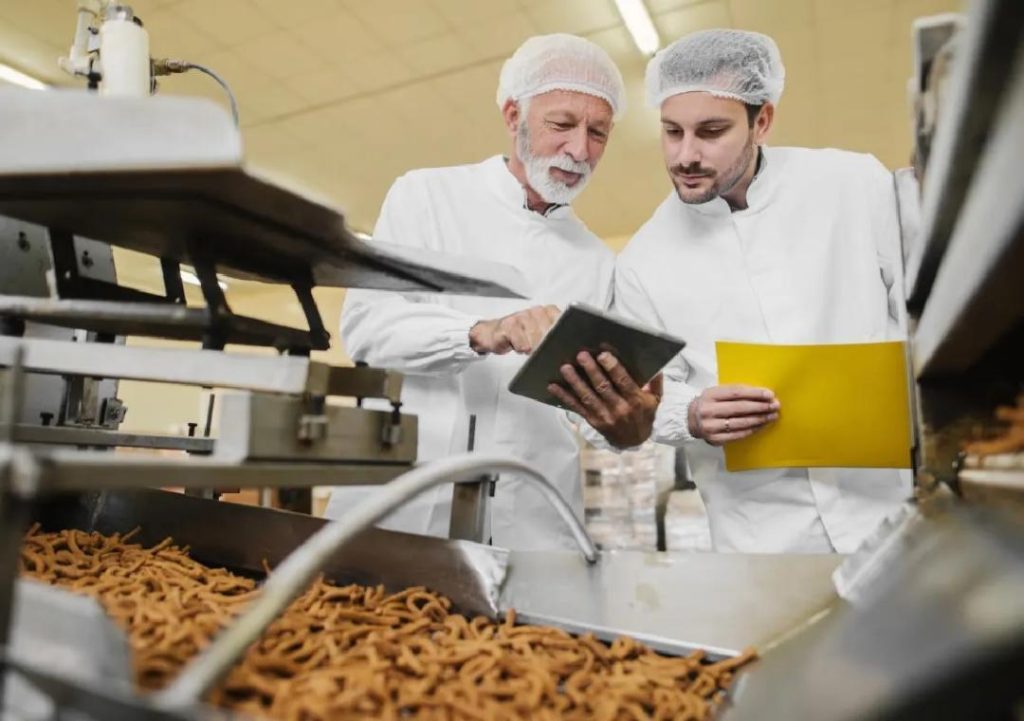
Can P&L Optimization Redefine Success in Food Technology?
The food technology industry is a vital part of the global economy, with a projected growth rate of 5.5% by 2025. However, the industry is also characterized by high operational costs, supply chain complexities, and intense competition. To stay ahead of the curve, food technology companies are turning to P&L optimization as a key strategy to drive profitability and success.
P&L optimization is the process of analyzing and refining a company’s profit and loss statement to maximize profitability. In the context of food technology, this involves using automation, smart inventory systems, and data analytics to streamline operations, cut waste, and sharpen demand forecasting.
In this blog post, we will explore the ways in which P&L optimization can redefine success in the food technology industry, and provide insights into the tools and strategies that companies are using to achieve this goal.
The Importance of P&L Optimization in Food Technology
Food technology companies face unique challenges when it comes to managing their finances. The industry is characterized by high levels of uncertainty, with factors such as weather patterns, supply chain disruptions, and shifting consumer preferences all contributing to variability in demand and profitability.
To mitigate these risks, food technology companies need to have a clear understanding of their financial performance, and be able to make data-driven decisions to optimize their operations. This is where P&L optimization comes in.
By optimizing their P&L statements, food technology companies can identify areas of inefficiency and waste, and make targeted improvements to increase profitability. This can involve a range of strategies, from optimizing inventory levels and supply chain logistics, to using data analytics to inform demand forecasting and pricing decisions.
Tools and Strategies for P&L Optimization in Food Technology
So, what tools and strategies are food technology companies using to optimize their P&L statements? Here are a few examples:
- Automation: Automation is a key tool for P&L optimization in food technology. By automating routine tasks and processes, companies can reduce errors, improve efficiency, and free up resources for more strategic activities.
For example, companies can use automation to streamline inventory management, by using software to track inventory levels, detect stockouts, and automatically generate purchase orders.
- Smart Inventory Systems: Smart inventory systems are another key tool for P&L optimization in food technology. These systems use sensors, RFID tags, and other technologies to track inventory levels in real-time, and provide alerts and notifications when stock levels are low.
Smart inventory systems can help food technology companies reduce waste, improve forecasting, and optimize inventory levels. For example, by tracking inventory levels in real-time, companies can detect stockouts and take action to prevent them, rather than waiting until it’s too late.
- Data Analytics: Data analytics is a powerful tool for P&L optimization in food technology. By analyzing large datasets, companies can identify trends, patterns, and insights that inform decision-making.
For example, companies can use data analytics to analyze sales data, track customer behavior, and identify opportunities to increase revenue. They can also use data analytics to track costs, identify areas of inefficiency, and optimize operations.
- Scalable Models: Scalable models are another key strategy for P&L optimization in food technology. By adopting scalable models, companies can increase efficiency, reduce costs, and improve profitability.
For example, companies can use scalable models to optimize supply chain logistics, by using software to track inventory levels, detect stockouts, and automatically generate purchase orders. They can also use scalable models to optimize demand forecasting, by using data analytics to analyze sales data and track customer behavior.
The Benefits of P&L Optimization in Food Technology
So, what are the benefits of P&L optimization in food technology? Here are a few examples:
- Increased Profitability: P&L optimization can help food technology companies increase profitability by reducing waste, improving forecasting, and optimizing operations.
For example, by optimizing inventory levels, companies can reduce waste and improve profitability. By using data analytics to inform demand forecasting, companies can reduce inventory costs and improve profitability.
- Improved Decision-Making: P&L optimization can help food technology companies make better decisions by providing a clear and accurate picture of their financial performance.
For example, by using data analytics to track costs and identify areas of inefficiency, companies can make targeted improvements to optimize operations. By using data analytics to analyze sales data and track customer behavior, companies can identify opportunities to increase revenue.
- Sustainable Growth: P&L optimization can help food technology companies achieve sustainable growth by providing a platform for continuous improvement.
For example, by using automation and smart inventory systems to optimize operations, companies can reduce waste and improve efficiency. By using data analytics to inform demand forecasting and pricing decisions, companies can increase revenue and improve profitability.
- Competitive Advantage: P&L optimization can help food technology companies gain a competitive advantage by providing a unique and valuable proposition.
For example, by using data analytics to provide real-time insights and visibility into operations, companies can differentiate themselves from competitors and attract customers who value transparency and accountability.
Conclusion
P&L optimization is a key strategy for food technology companies looking to drive profitability and success. By using automation, smart inventory systems, and data analytics to streamline operations, cut waste, and sharpen demand forecasting, companies can increase profitability, improve decision-making, achieve sustainable growth, and gain a competitive advantage.
As the food technology industry continues to evolve, it’s likely that P&L optimization will play an increasingly important role in driving success. By adopting scalable models and leveraging the latest tools and technologies, food technology companies can stay ahead of the curve and achieve their goals.
Source:
https://www.growthjockey.com/blogs/p-and-l-operations-in-food-tech






